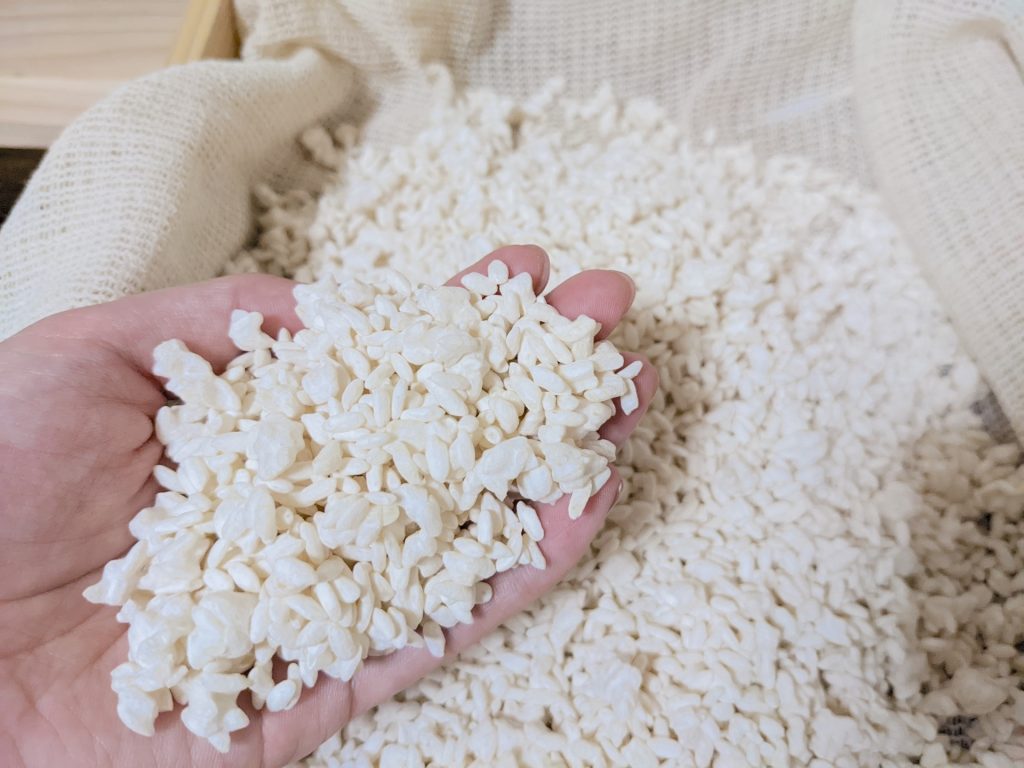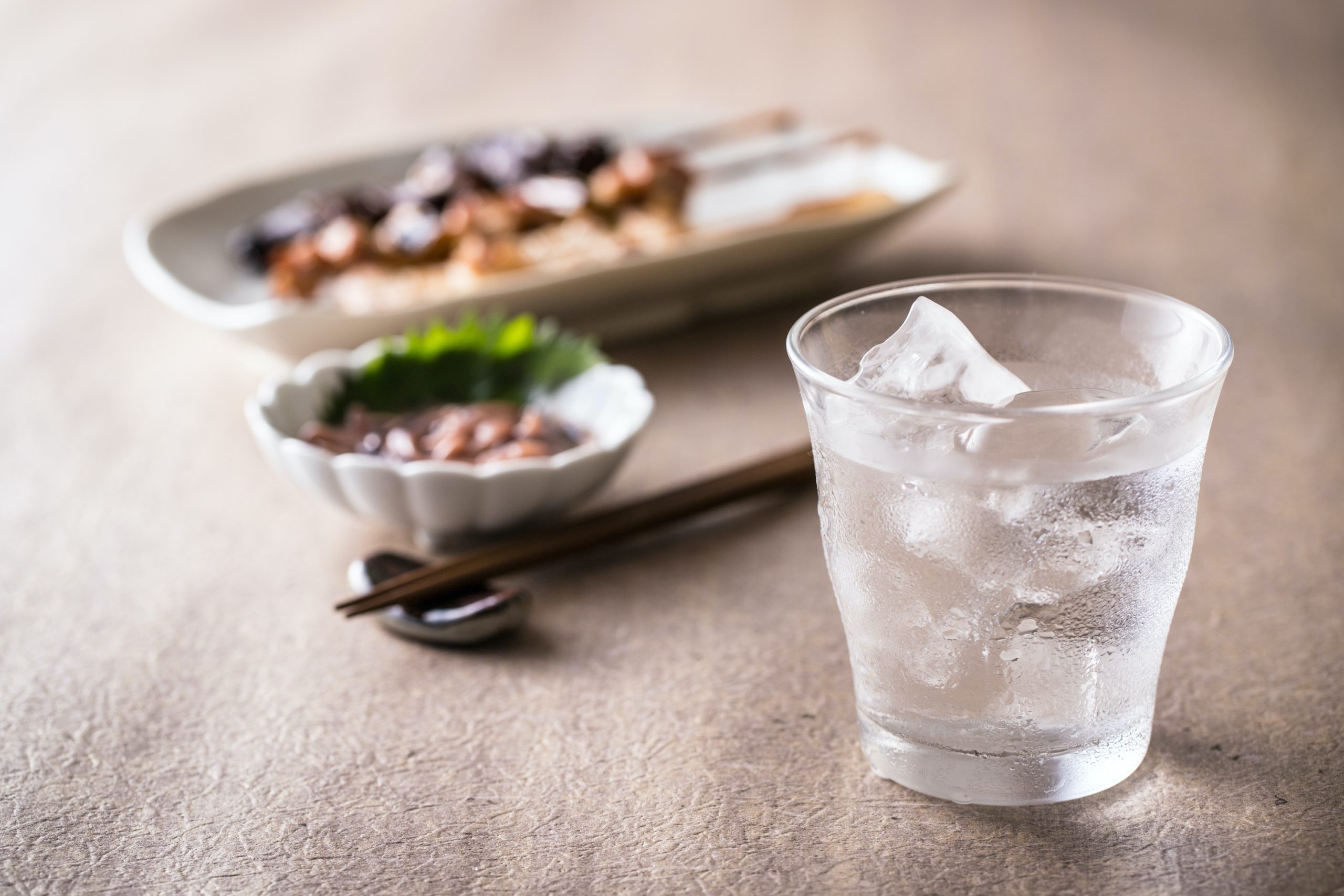From smoky Scotch to crisp vodka, distilled spirits are central to many cultures around the world. But Japan offers something truly distinct: shochu, a fermented and distilled spirit that reflects centuries of craftsmanship, regional identity, and culinary harmony. If you’re a culinary professional, aspiring chef, or simply passionate about fermented foods, discovering shochu could be your gateway into the fascinating world of Japanese fermentation. Let’s explore how this lesser-known spirit is making waves far beyond Japan’s borders.
What Are Distilled Spirits? A Quick Guide
Distilled spirits, or hard liquors, are alcoholic beverages created by separating alcohol from fermented liquids through a process called distillation. This allows for higher alcohol concentration and a purer product.
Here are some popular distilled alcohol examples:
- Vodka –Distilled from potatoes or grains, it has a clean, neutral taste.
- Whiskey –After the grains are mashed and fermented, they are distilled and aged in wooden barrels. They have a unique color and flavor.
- Rum – It is made by fermenting and distilling molasses and juice made from sugarcane. It has a sweet taste and a complex aroma.
- Brandy – A distilled liquor made from fruit. A mellow and deep flavor.
- Shochu –A Japanese distilled alcoholic beverage made from grains. The flavor varies depending on the ingredients.
These drinks fall under various distilled spirit types, depending on ingredients, distillation methods, and cultural origin.
Shochu: Japan’s Unique Contribution to Distilled Spirits
While Japan is globally known for sake, its lesser-known cousin—shochu—has long been a staple in everyday life and fine dining alike. Let’s take a closer look at how this uniquely Japanese spirit fits into the broader world of distilled spirits.
What Is Shochu? (Definition, History, and Alcohol Content)
Shochu is a traditional Japanese distilled spirits made from fermented ingredients such as sweet potatoes, barley, rice, or brown sugar. Dating back to at least the 15th century, shochu originated in southern Japan, particularly in Kyushu and Okinawa.
Its alcohol content typically ranges between 20% and 25%—lower than many Western spirits but stronger than beer or wine.
Shochu Begins with Fermentation: Koji Molds and Flavor Development

Unlike many other distilled spirits, shochu begins with a critical fermentation process using koji mold (Aspergillus oryzae). This mold breaks down starches into sugars, enabling yeast to ferment the mash. Three main types of koji are used in shochu:
- White Koji: Mild and easy to drink
- Black Koji: Rich and full-bodied flavor
- Yellow Koji: Fruity and gorgeous fragrance
Koji fermentation develops amino acids and aroma compounds, contributing to shochu’s depth and umami—not just alcohol.
The Key Differences Between Shochu and Western Distilled Spirits
Most Western distilled spirits use enzymes or malt to begin fermentation, and then undergo multiple distillations for clarity. In contrast, shochu maintains its natural complexity thanks to:
- Fermentation with koji
- Single distillation
- Use of unique ingredients like sweet potatoes or rice
As a result, shochu has a more natural, umami-forward profile—ideal for nuanced palates and food pairing.
Is Shochu Gluten-Free? A Guide for Health-Conscious Drinkers
For those wondering, are distilled spirits gluten free?—shochu provides good news. Most varieties are naturally gluten-free, especially those made from:
- Sweet potatoes (imo shochu)
- Rice (kome shochu)
- Brown sugar (kokuto shochu)
However, barley-based (mugi) shochu contains gluten, so individuals with sensitivities should avoid it. Always check the label, and when in doubt, choose a non-barley type. Compared to other distilled spirits, shochu offers many safe options for gluten-sensitive individuals.
Types of Shochu: How to Choose the Right Japanese Distilled Spirit
Just as wine varies by grape and whiskey by grain, shochu offers a wide array of flavor profiles depending on what it’s made from—and how. Whether you’re planning a menu or picking your first bottle, knowing the different types of shochu will help you choose the right match for your taste and purpose.
Honkaku vs. Korui Shochu
There are two official classifications:
- Honkaku Shochu (Single-distilled): Rich, flavorful, and preserves ingredient characteristics. Ideal for sipping and pairing with food.
- Korui Shochu (Multiple-distilled): Neutral in flavor, often used in cocktails or mixed drinks. Similar to vodka in usage.
For those seeking authentic flavor, honkaku shochu is the preferred choice.
Ingredient-Based Varieties
Shochu’s flavor depends heavily on its base ingredient:
- Imo (Sweet Potato): Unique sweet aroma and flavor, and the aroma of potatoes
- Kome (Rice): Smooth on the palate, highly aromatic and delicate in flavour
- Mugi (Barley): Light and fruity aroma and refreshing taste
- Kokuto (Brown Sugar): The unique sweet aroma of brown sugar and the richness of rice malt
Shochu Recommendations for Beginners
If you’re new to shochu, here are a few beginner-friendly tips:
- Start with kome (rice) or mugi (barley) types for mild, smooth flavors
- Try it diluted with warm water or soda to appreciate its aroma
- Look for labels like “honkaku” for authentic, flavorful experiences
- Pair it with simple dishes like grilled fish, rice bowls, or cheese
How to Enjoy Shochu: Pairing Japanese Distilled Spirits with Food
One of shochu’s greatest strengths is how well it complements meals. Its moderate alcohol content and umami-rich character make it ideal for pairing.
Food pairings:
- Japanese: yakitori, sashimi, miso soup
- Western: grilled meats, pasta, cheese, charcuterie
Why Shochu Is a Gateway to Japanese Fermented Cuisine
By appreciating shochu, you’re already engaging with Japan’s fermentation culture. The koji mold used in shochu is the same microorganism behind miso, soy sauce, and mirin. Learning about shochu opens doors to:
- Fermented condiments like shio-koji and amazake
- Culinary techniques involving aging and umami development
- Japanese cooking philosophies that value balance, harmony, and seasonality
Conclusion: Take the Next Step in Your Fermentation Journey
Shochu is more than a distilled spirit—it’s a cultural experience steeped in fermentation, tradition, and flavor. Whether you’re a culinary professional, a student, or simply someone intrigued by Japanese cuisine, discovering shochu is a delicious way to connect with Japan’s edible heritage.
🎌 Ready to explore more?
👉 Sign up for our free email series to:
- Learn how Japanese fermentation works
- Discover shio-koji, miso, amazake, and more
- Get exclusive access to fermentation workshops and culinary travel programs in Japan
Take your curiosity to the next level—starting with your next glass of shochu.

No responses yet